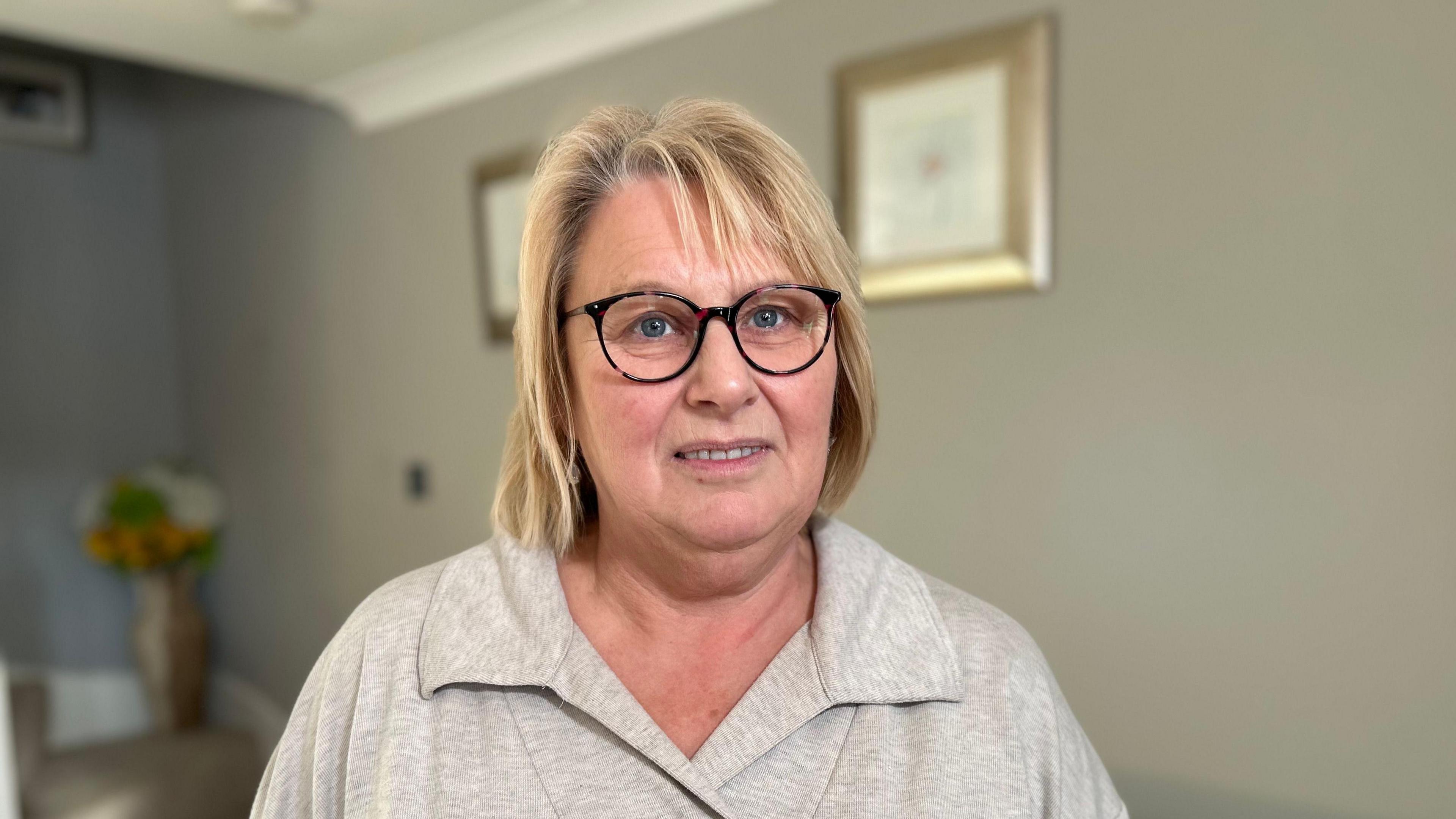Flooded farmland to protect rain-affected villages

Tristan Baxter-Smith, land engagement lead for the RAIN project, said the farmland plan would help stop some of the flooding
- Published
Villages that get badly affected by flooding could benefit from a new wetland being created to store excess rainwater.
The RAIN project, external, overseen by Northamptonshire's councils and funded by the government, will look to turn two hectares (five acres) of farmland close to Brigstock, near Corby, into a wildlife habitat.
Tristan Baxter-Smith, land engagement lead for the project, said it hoped to "create a solution to some of the flooding in the local community".
He said a technique called natural flood management (NFM) would be used to create water storage and a biodiversity habitat.
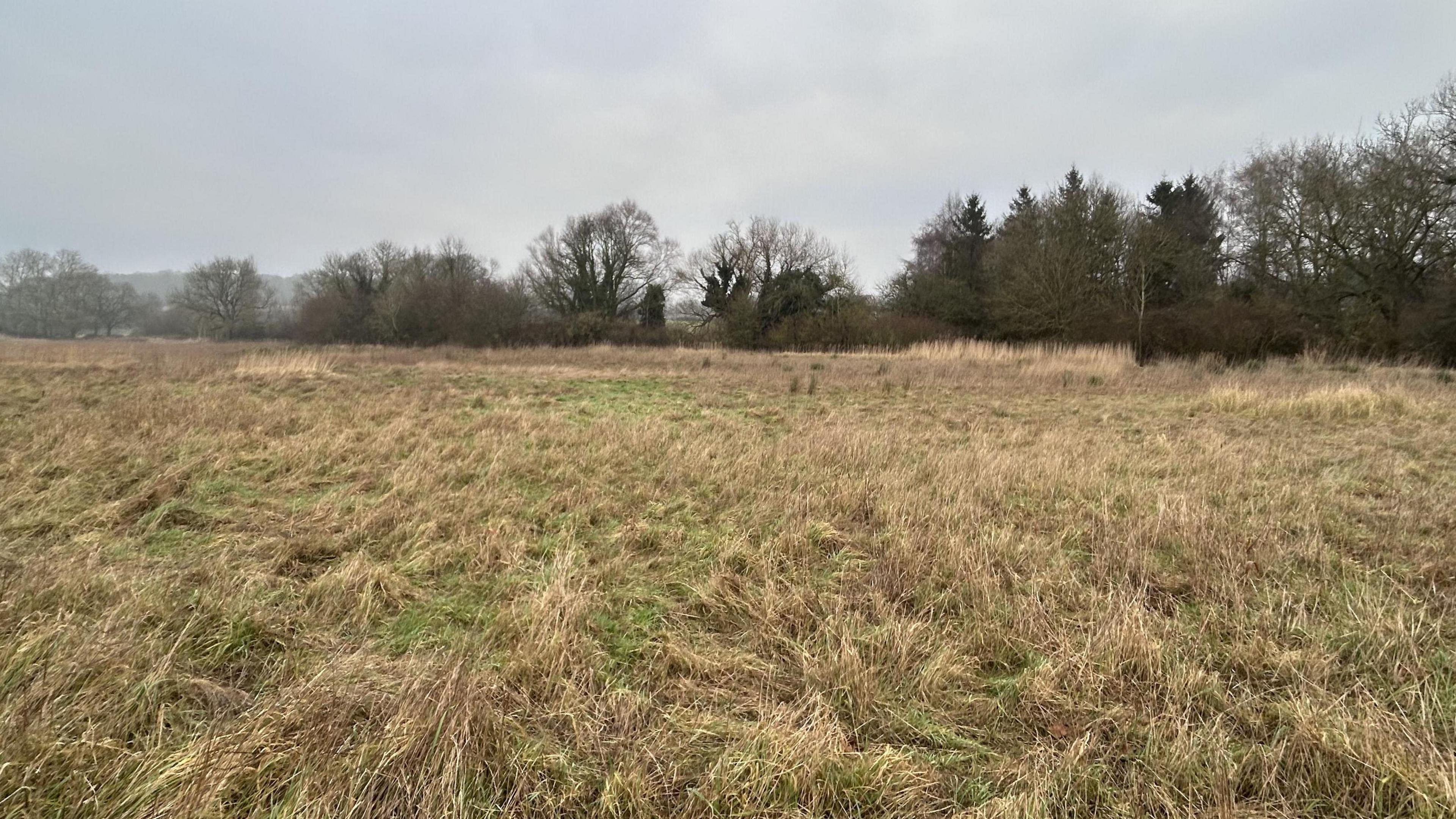
Fields close to the village of Brigstock will be transformed into wetlands
The land is owned by farmer Hugh Shrive, who said it would be allowed to flood in future to stop so much water from Harpers Brook going into Brigstock, and places like Sudborough and Lowick too.
"We had a bad flood a couple of months ago. It was an occasional thing years ago, but now it's getting quite regular," he said.
No date has been set for the work to begin, but it is hoped to be completed by the end of 2025.
Brigstock village hall was flooded in November and is still drying out.
Sally Wilks, chair of the hall's committee, said defences were installed in 2020, but water still came in through the floor.
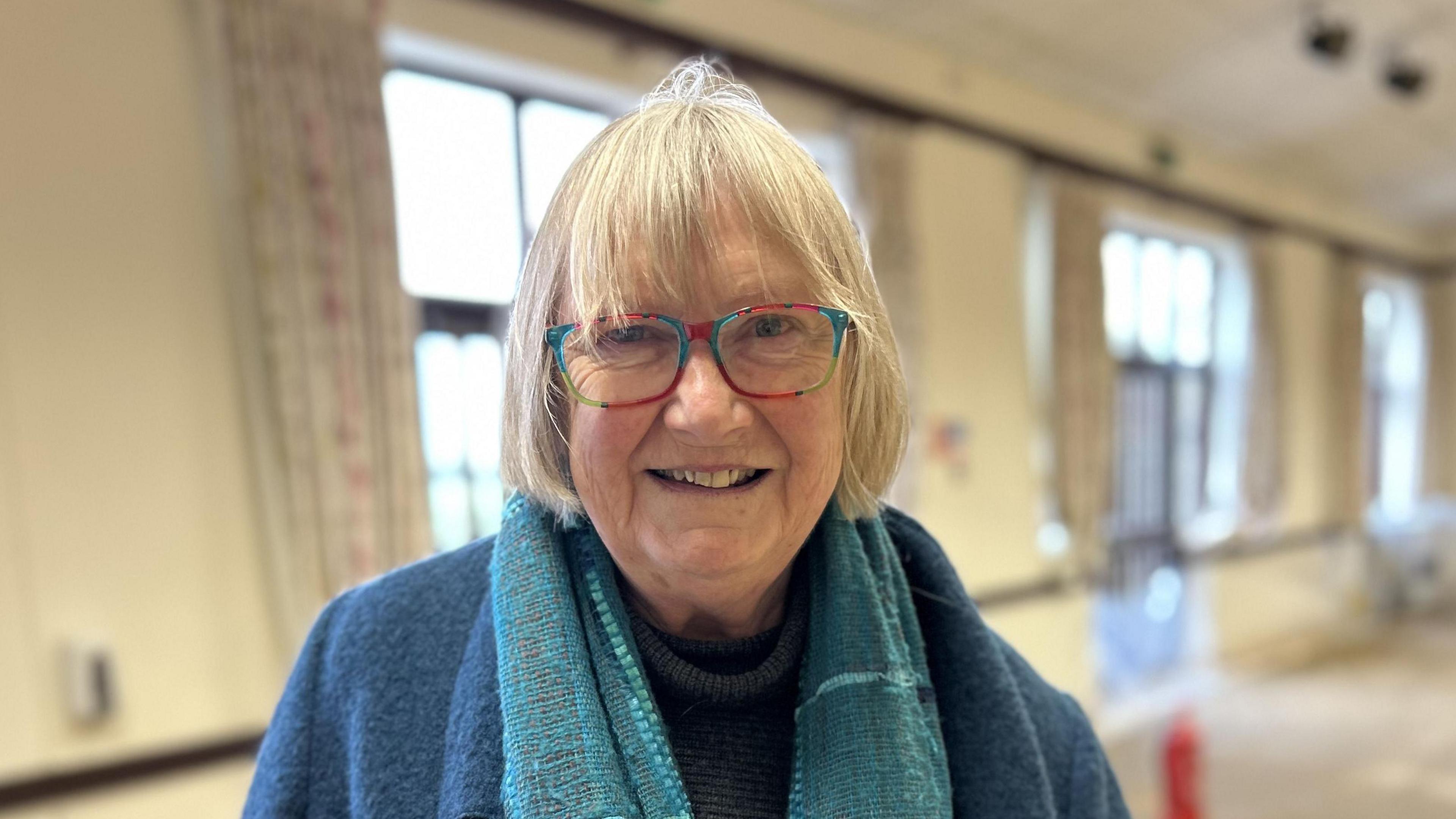
Sally Wilks, from the Brigstock village hall committee, said floodwater got into the building despite new defences
RAIN's flood resilience work, external helps residents affected by flooding, but currently it does not cover public assets - meaning the hall remains vulnerable.
Ms Wilks said: "We understand that there's no funding for community buildings so any extra funding to make the building more resilient we have to find ourselves. The insurance company will only fund so much."
'Get your bucket and get bailing'
In the south of the county, the RAIN project is also supporting those affected by flooding in the Wootton Brook catchment area.
Lorraine Morris, 67, has lived in the village of Rothersthorpe for 25 years. She said flooding never used to be a problem, but in the last 18 months water had poured down her driveway during heavy spells of rain.
"It's really scary. You can be in bed, you hear that sound and you know you've got to get up, get your bucket and get bailing," she said.
Ms Morris is due to benefit from RAIN's resilience measures, such as auto-closing air bricks and no-return waste valves, which have offered her a "glimmer of hope" for the future.
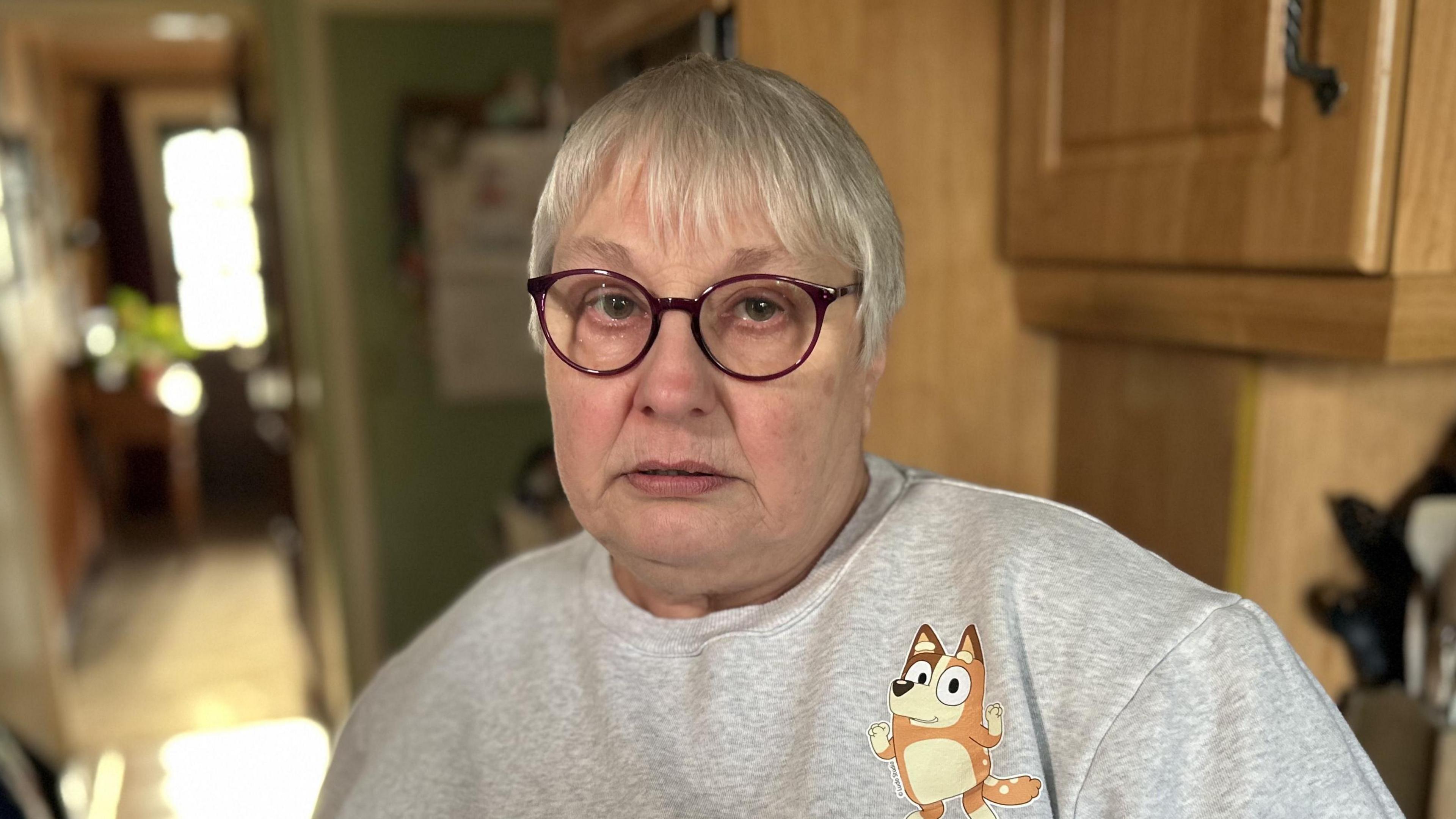
Lorraine Morris has lived in Rothersthorpe for 25 years and said flooding never used to be a problem
Ben Thornely, area flood and coast risk manager for the Environment Agency, said the amount of rain in the county in November was "phenomenal", with 180 tonnes of water a second moving through the River Nene in Northampton.
"Working with councils we need to help communities become more resilient so they're able to respond quickly to flood risk impacts, and also recover from them more quickly," he said.
"It's really important that people sign-up to our flood warning service via the gov.uk website, external."
Get in touch
Do you have a story suggestion for Northamptonshire?
Follow Northamptonshire news on BBC Sounds, Facebook, external, Instagram, external and X, external.
Related topics
- Published21 January
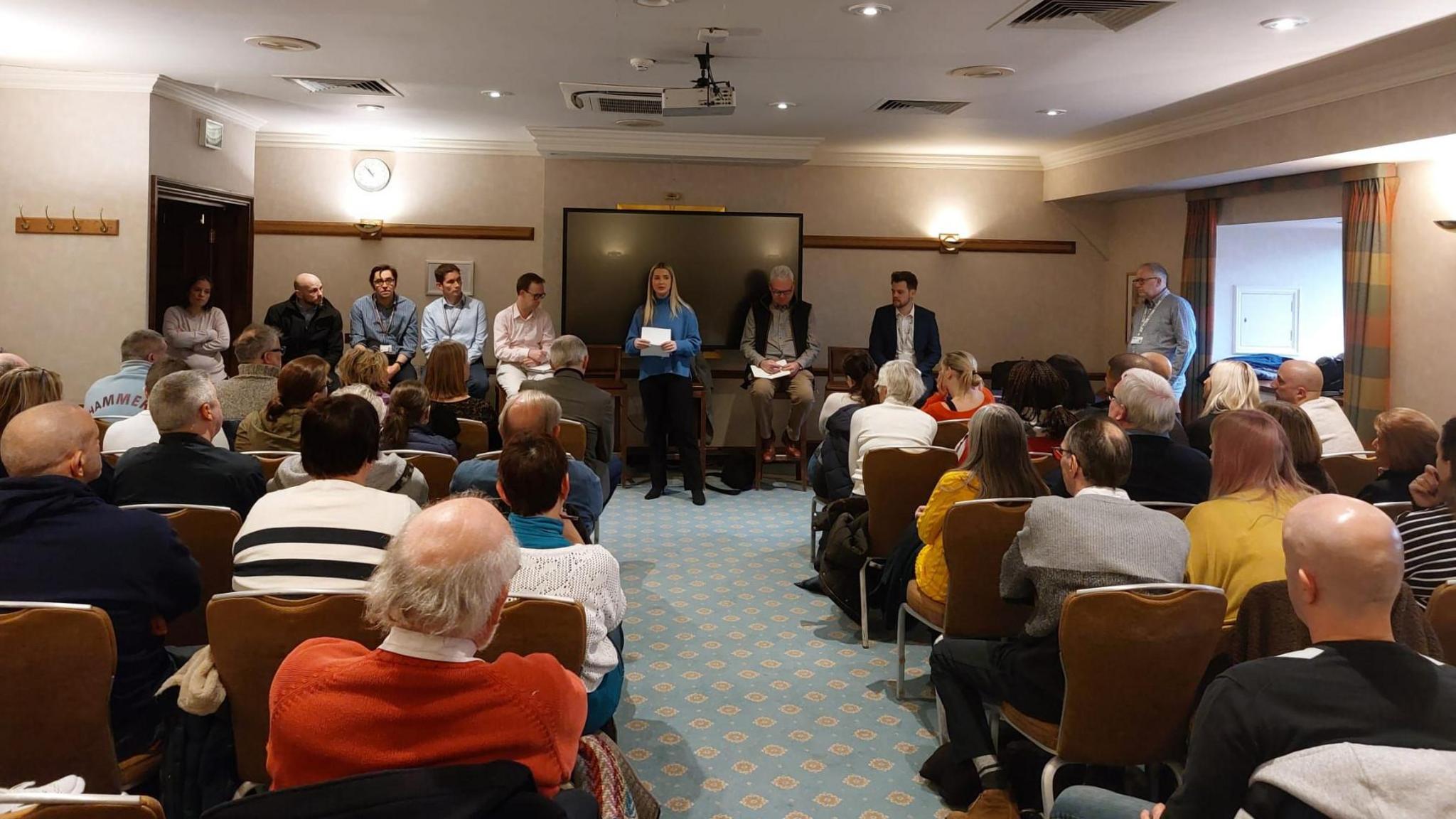
- Published27 November 2024
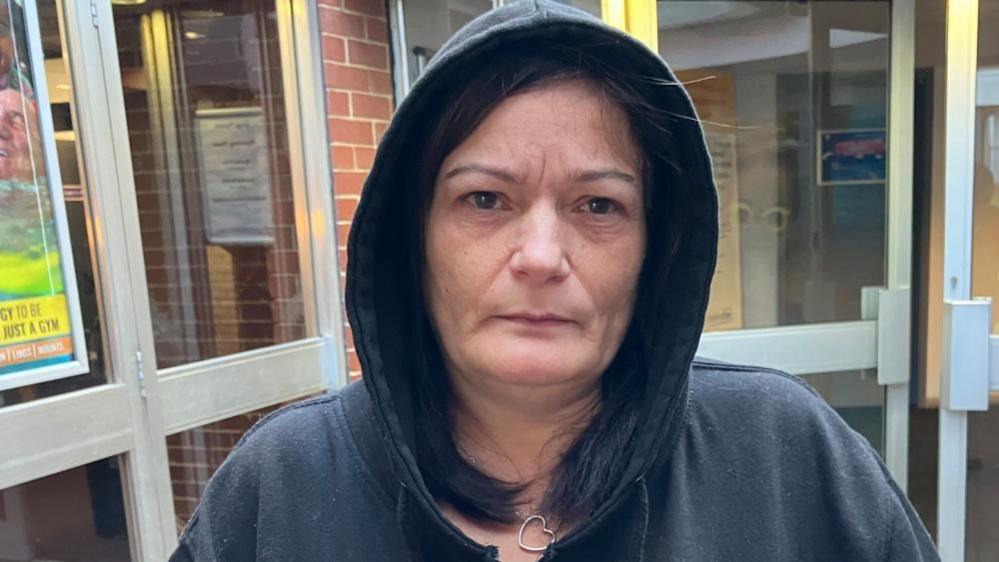
- Published29 November 2024
